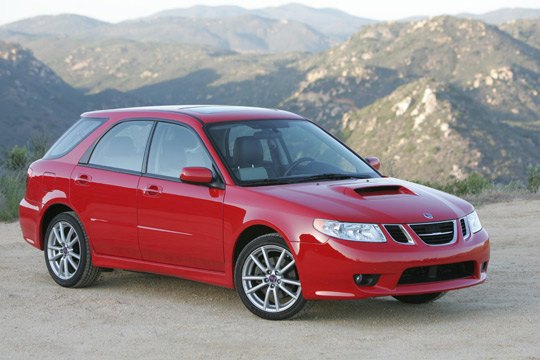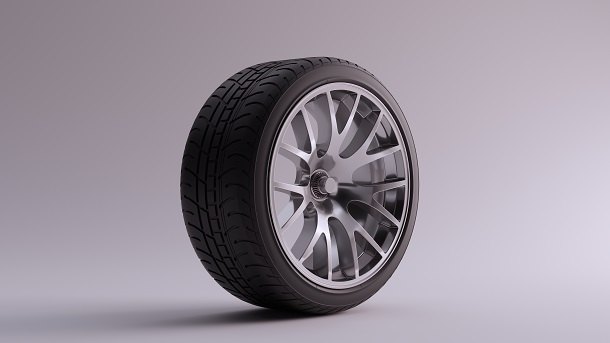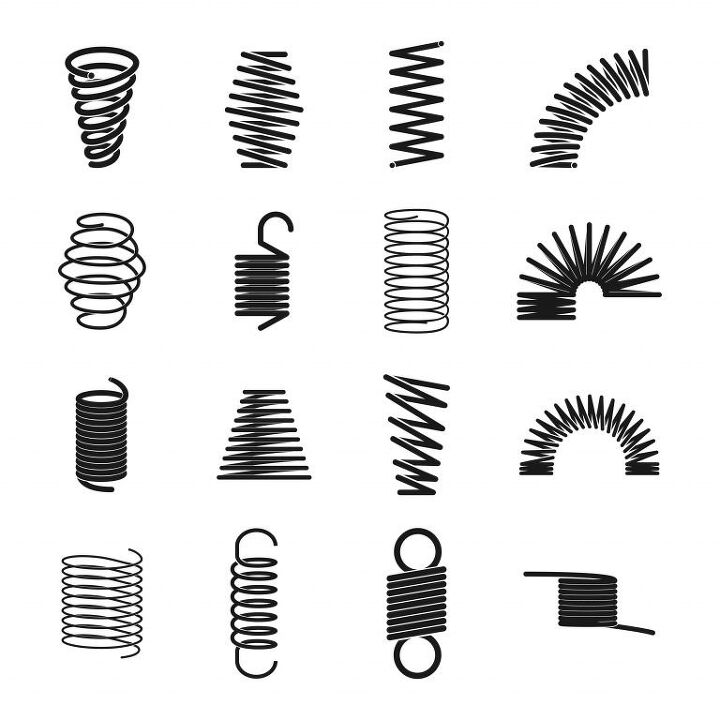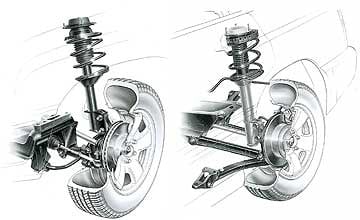#Strut
Piston Slap: Strutin' Around a Loaded Question?
Harry writes:
My daily driver is a ’99 Honda CR-V two-wheel drive I took over from my kid when she went to work overseas. It has been in the family since 2007 and has always been economical on gas, reliable and needed only regular service. It is fine for the 20 mile drive to work in suburbia — but we take our Pilot on trips because my wife refuses to ride in the CR-V.
Piston Slap: Saabaru, The "Reliable" Subaru?
95% Subaru, 5% Saab…100% Awesome?
Adam writes:
Hello Sajeev, I have a classic “keep it or sell it” question for you and the greater TTAC audience.
Piston Slap: A Primer on Wheel Offset and Backspacing
Long-time TTAC Commentator 86er writes:
Hi Sajeev,
Could Piston Slap furnish me with a be-all/end-all explanation about wheel offsets? The more I try to read up on it on the web, the more confused I get. I’m pretty clear that RWD (at least traditionally) went with the low-offset while the FWD revolution made high positive offsets the industry standard, at least in passenger cars.
A few years back, I had purchased a set of winter tires on rims for my trusty ol’ 92 Vic and later after research found out that the rims were medium-offset that went on a 4×4 Ranger of similar years. I’ve heard that putting on a different-offset wheel can hurt steering/suspension parts like ball joints, but I’ve never seen it in black-and-white, so to speak.
Piston Slap: Take My (Suspension) Abuse And Like It?
Sam writes:
Hello,
I have a 2006 Mazda 3 S with 120,000 miles on it. I live in Oakland Ca, where the pot holes shoot back. I blew out a front strut a last year and had both front struts replaced. After replacement, one of the struts squeaks like a rusty spring at slow speeds and is annoying. What is actually driving me crazy is a week ago the other front strut started making loud thunking under acceleration at slow speeds.
Piston Slap: Bouncing Back or Sprung Out?
John writes:
You recommended to one writer that he consider replacing the springs on his car (as well as all other wear items in the suspension). Other then the obvious broken spring or the car sitting of the spring stops, when and how do you evaluate the need for springs? Do you recommend stock setting or performance springs for replacement?
Thanks, John (Jag, Kia, Miata, Chev)
Piston Slap: Being On The Level With One's Self
TTAC commenter jems86 writes:
Dear Sajeev,
I need your help again. I live in Colombia and, as you already know, I am the owner of a 2000 Subaru Forester (the 2.0 EDM model). This particular model has rear self leveling struts and recently they went bust. My dealership is asking 4 million pesos (about 2235 USD) for the replacements. I really think it’s a little bit steep so I’ve been searching online but haven’t been able to find the OEM parts. I read on a forum (http://www.subaruforester.org/) that you can put the non-self leveling struts. Is this a good idea? How much would the driving characteristics of my car change? If I go this way, what other components of the suspension should I replace? Thanks in advance for your help.
Piston Slap: Strut 'yo Stuff or Make A Wish?
When you wish...
TTAC Commentator Seminole 95 writes:
Sajeev,
I enjoyed reading the responses on my NVH question.
Here’s another question for you. How significant is that Honda uses a double wishbone suspension on their family sedan (the Accord) whereas the Toyota Camry, Chevy Impala, and Hyundai Sonata use the cheaper MacPherson strut? Does the DW suspension make handling better in the turns? Does it last longer than a strut suspension, thereby giving you better ride quality as the car ages? Is the DW something that a car buyer should favor, or is it more complicated than that? I remember that many fans complained when Honda switched the Civic from DW to strut.
It looks like the Ford Fusion might use the DW suspension, but I am not sure. Interestingly, it also looks like the BMW 3 series uses a strut suspension, so maybe the DW is not necessary.






















Recent Comments